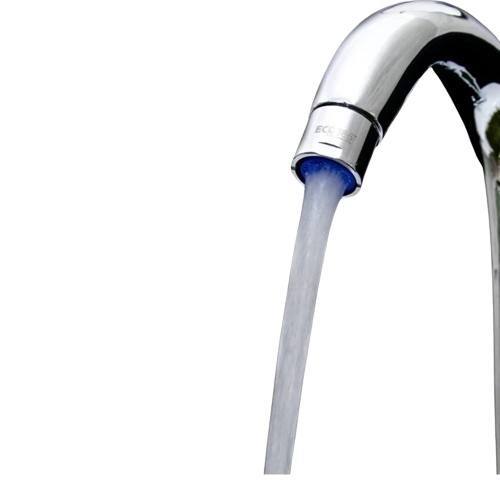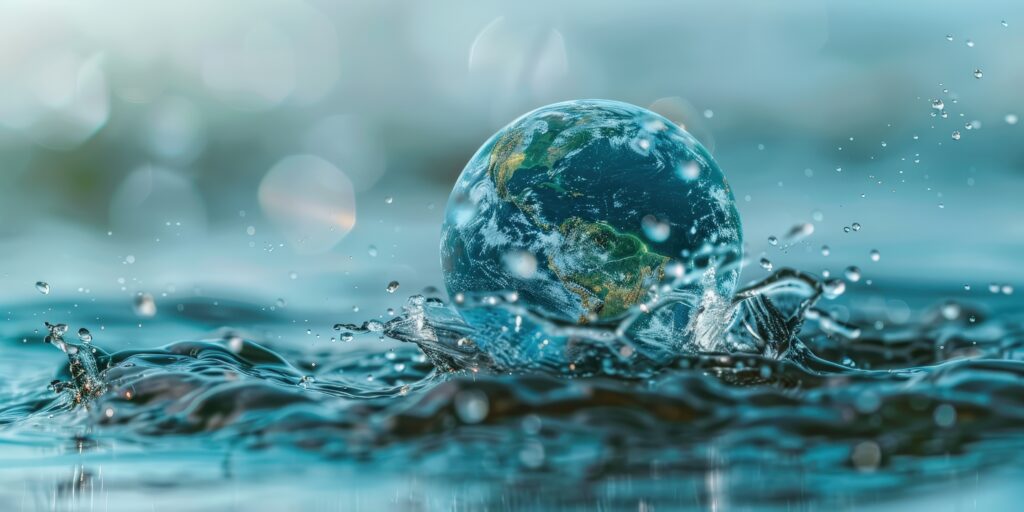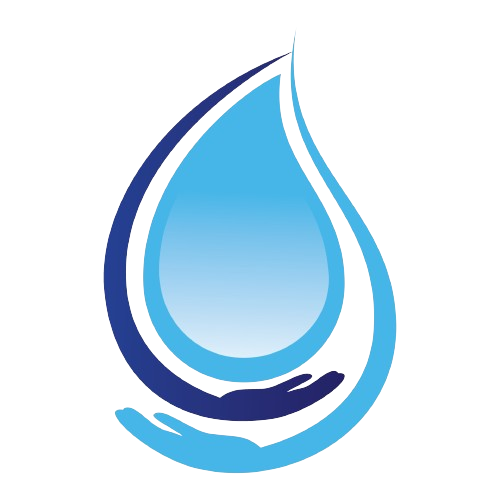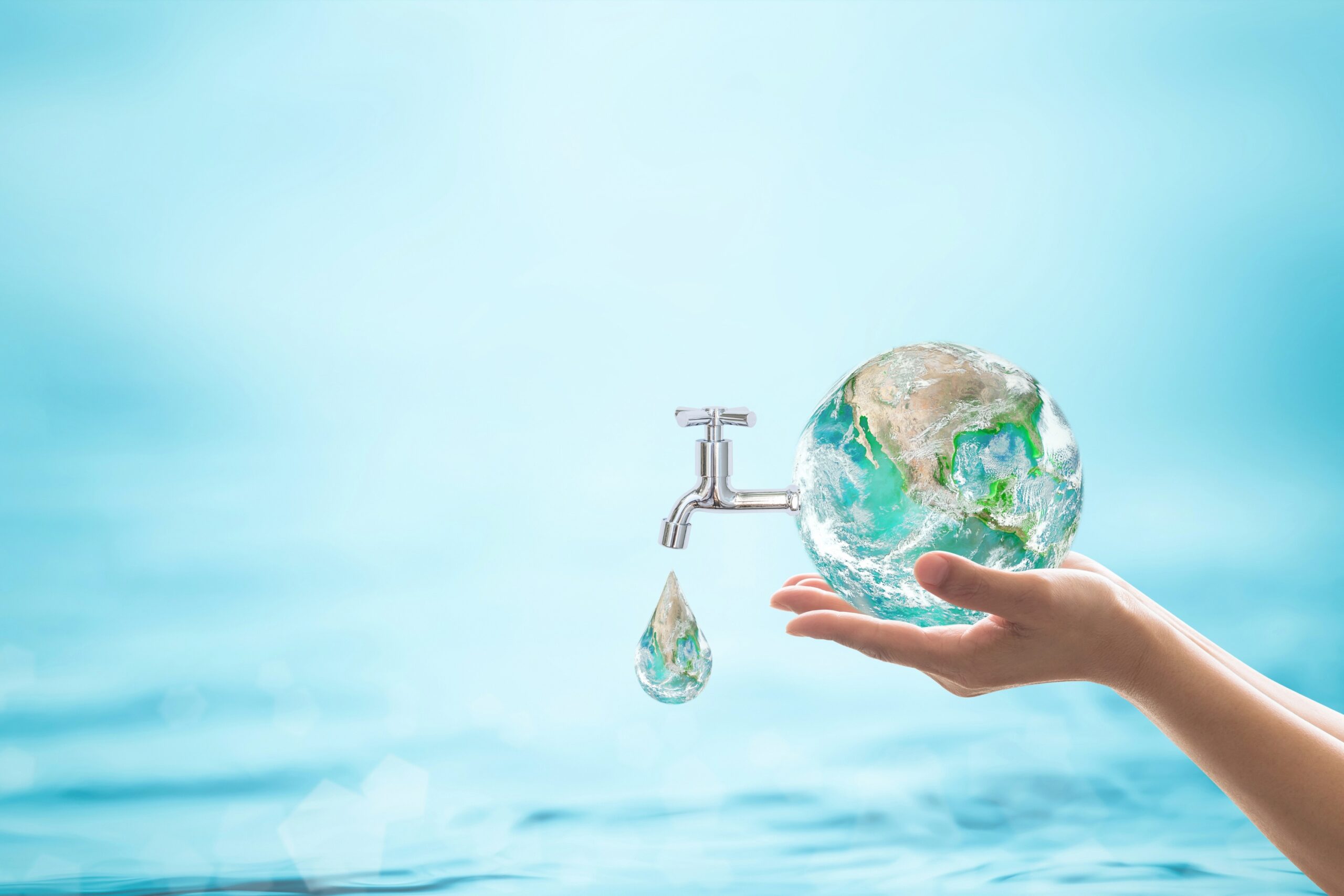Water is fast becoming a scarce resource at the global level; hence, the goal of implementing successful strategies to save water could not be more critical at this time. Not only does it protect the environment, but it also saves on water bills. Here are the top 10 ways to save water, which are easy to incorporate into your daily routine.
1. Fix Leaks In Time
A single dripping faucet or a leaking toilet flush could bring in a huge amount of water over time. In fact, according to the Environmental Protection Agency, one leaking faucet can waste more than 3,000 gallons of water annually. Check for these regularly in your plumbing and fix them once found to avoid wasting water.
2. Install Water-Efficient Fixtures
All this will greatly lower the demand for water if you upgrade to water-efficient fixtures like low-flow showerheads, faucets, and toilets. For instance, low-flow showerheads do not use much water; they save water without affecting performance. High-efficiency aerators and toilets can save 13,000 gallons compared to earlier hits of up to 7,000 gallons per year.
3. Practice Smart Watering Techniques
It is advisable to water early in the morning or late in the evening, which reduces evaporation, allowing most of the water to reach the roots of the plants. Drip irrigation systems and soaker hoses deliver water directly near the base of a plant, reducing overall wastage and ensuring adequate hydration to the garden.
4. Shrink Your Lawn
Replace part of your lawn with drought-resistant landscaping. Native plants and ground covers do consistently well with reduced water and maintenance. By decreasing the areas planted with grass that you are tending, you’ll both save water and create a more sustainable garden.
5. Take Shorter Showers
Even shaving off a few minutes of your shower can make a difference. Strive for five-minute showers. You may want to install a water-efficient showerhead to further reduce water consumption without losing too much of the comfort.

6. Brushing Your Teeth — With The Faucet Off
Leaving the tap running while brushing your teeth consumes up to 6 gallons of water every minute. You should simply shut the tap off when brushing and turn it back on only when it’s time to rid yourself of the ‘yucky’ toothpaste and rinse your mouth and toothbrush. That little change in habit could really add up to huge savings over time.
7. Use A Broom Instead Of A Hose
Sweep, don’t hose off driveways, sidewalks, and steps. A broom will do the trick, getting the dirt and debris off without wasting water to keep your outdoor areas clean.
8. Full Loads Only
Always make sure to run only full loads when using your dishwasher or washing machine. Every time you run your washing machine and dishwasher, a maximum amount of water is used. Therefore, you are using the same amount of water whether the load is full or less, but at least running full loads only will be effective in maximizing efficiency and cutting down on water waste.

9. Collect Rainwater
Rain barrels are a great way to collect and store rainwater that can be used to tend your garden. Such reclaimed water helps reduce your reliance on the municipal water supply, so you’re really cashing in on what Mother Nature has given to you.
10. Cook Using Energy-Efficient Methods
Boil with moderate quantities of water. For example, when boiling vegetables, a small volume of water will be enough, and a lid should be placed on the pot so that heat is not allowed to escape. Using a pressure cooker will drastically reduce the cooking time and hence the volume of water being used.
Not just this, by incorporating these top 10 practices related to water-saving in your day-to-day life, you will make a substantial contribution to water conservation. Furthermore, these practices help not only in conserving a precious water resource but also help in healthy and eco-friendly living.

